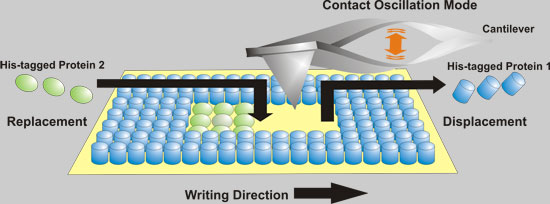New nanoparticle and weighing and counting cells
From physorg, barium titanate (BaTiO3) nanoparticles in a polymer matrix could allow fabrication of improved capacitors able to store twice as much energy as existing devices. The improved capacitors could be used in consumer devices such as cellular telephones – and in defense applications requiring both high energy storage and rapid current discharge. MIT researchers …




